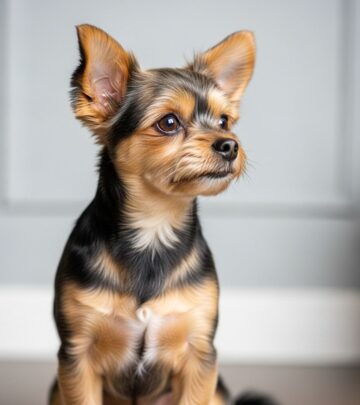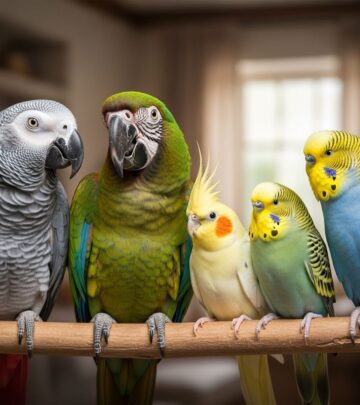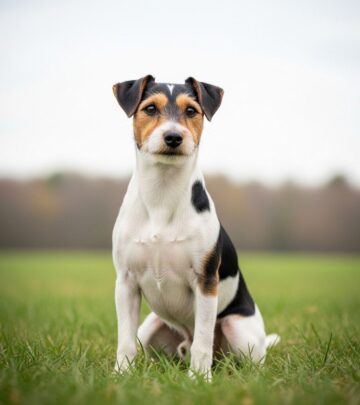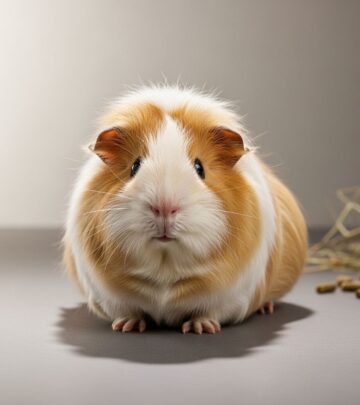Spitz Breeds: The Fascinating World of Wolf-Like Dogs
These resilient dogs combine regal looks with practical features honed in harsh climates.
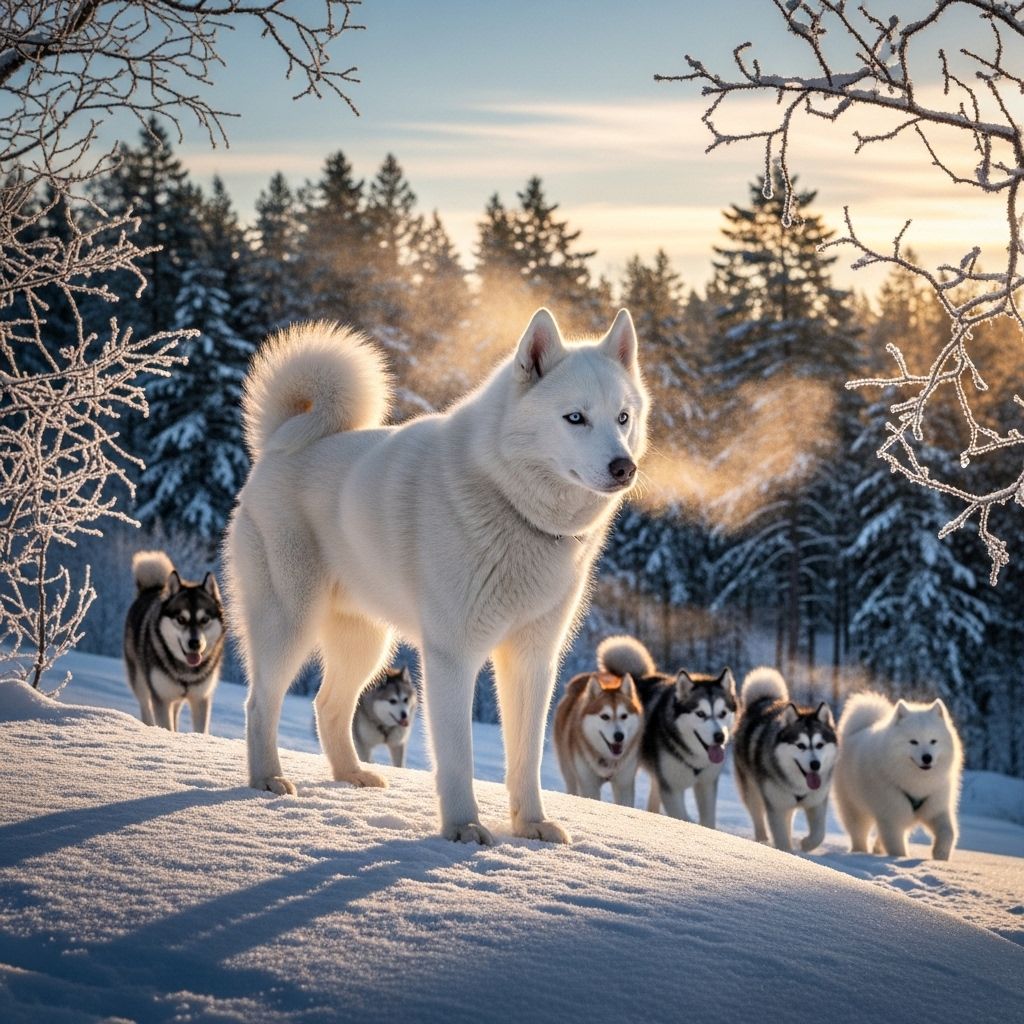
Image: HearthJunction Design Team
Among the rich tapestry of dog breeds, spitz dogs stand out as an ancient and captivating group, known for their striking resemblance to their wild ancestors, thick coats, curled tails, and resilient personalities. Rooted in northern climates, these breeds have adapted to some of the harshest environments on earth, working as sled dogs, herders, companions, and guardians. This article delves into the remarkable diversity, history, and unique appeal of spitz breeds. Whether you are a dog enthusiast, a prospective owner, or simply captivated by the allure of wolf-like canines, the world of spitz dogs offers much to discover.
What are Spitz Breeds?
The term ‘spitz’ refers not to a single breed, but to a collection of breeds that share a set of unique physical characteristics shaped by their evolutionary and working histories in cold, challenging climates. ‘Spitz-type’ dogs are typically recognized by:
- Wolflike or foxlike faces with pointed muzzles
- Dense, double coats that provide insulation against severe cold
- Small, erect, and heavily furred ears to prevent frostbite
- Plumed tails curled over the back, which often provide warmth when the dog curls up to sleep
- Well-furred feet for protection from snow and ice
Historically, spitz breeds originated in Arctic and sub-Arctic regions and developed as working dogs, surviving alongside humans in demanding environments. Their traits reflect both utilitarian function and beauty, making them favorites across civilizations and eras.
Unique Historical Origins of Spitz Breeds
Spitz dogs are among the most ancient of canine lineages. Archaeological finds and historical records trace their existence back thousands of years, with some breeds linked to ancient nomadic tribes, royalty, and early agricultural societies. Typically considered “primitive breeds,” spitz types retain many wild characteristics both in temperament and structure, a testament to their relatively untouched genetic heritage.
Some highlights of their storied history include:
- Artifacts depicting Chow Chows found in China’s Han Dynasty murals from around 200 B.C., showcasing their long-standing partnership with humans.
- Finnish Lapphunds once herded reindeer for the Sami people in Lapland, a testimony to their herding instincts and cold adaptation.
- Siberian Huskies bred by the Chukchi people for speed and endurance on long-distance sled journeys across Siberian tundra.
This heritage shapes the physical and behavioral attributes that set spitz breeds apart today.
Defining Traits and Temperaments
| Physical Trait | Description |
|---|---|
| Face & Ears | Pointed muzzle, upright ears, often wolf- or fox-like |
| Coat | Thick, double-layered; outer coat stands off, undercoat insulates |
| Tail | Heavily plumed, curled over the back |
| Feet | Well-furred for cold-weather protection |
In terms of temperament, spitz breeds tend to possess certain distinctive qualities:
- Loyalty: Intensely devoted to their families and often form close bonds.
- Intelligence: Exceptionally smart, often quick learners but may be stubborn.
- Independence: Prized for their self-reliant nature, sometimes making training a patient endeavor.
- Alertness: Generally make excellent watchdogs, with some breeds known for being highly vocal.
- Energetic: Require regular exercise and mental stimulation.
- Affectionate (but selective): Can be loving with family but wary or aloof with strangers.
- Weather Hardy: Comfortable outdoors even in low temperatures due to their protective coats.
These characteristics make spitz breeds both rewarding and, in some cases, challenging companions, necessitating informed, prepared ownership.
Popular Spitz Breeds You Should Know
From the household names to rare treasures, spitz breeds come in a remarkable variety, distinguished by size, temperament, and history. Here are some of the most notable spitz types:
Chow Chow
Ancient and instantly recognizable, the Chow Chow is famous for its lion’s-mane ruff, deep-set eyes, blue-black tongue, and sturdy build. Prized companions of Chinese nobility, Chow Chows are known for cleanliness, poise, and loyal yet aloof personalities. However, that thick fur requires extra care in hot climates.
Finnish Lapphund
The Finnish Lapphund originated in Lapland, where it worked as a trusted herder of reindeer alongside the Sami people. Lapphunds are sociable and affectionate, often happiest in the thick of family activity and enjoy both outdoor exploration and cozy evenings at home.
Siberian Husky
The beloved Siberian Husky is a legendary sled dog, bred for fast, efficient travel across icy wilderness. Known for their stamina, outgoing personality, and classic “husky howl,” they bond deeply with owners and require significant regular exercise. Their story includes famed figures like Balto, who helped deliver serum in Alaska’s 1925 diphtheria outbreak.
German Spitz
Noted for their intelligence and high energy, German Spitz dogs are alert, vocal, and affectionate. Their devotion to family, quick learning, and resilience in cold derive from medieval European roots. When properly socialized, German Spitz thrive as loving and playful companions, but they require consistent mental and physical engagement to prevent behavioral problems like excessive barking.
Pomeranian
Small in stature but bold in spirit, the Pomeranian is a miniature marvel with a foxlike face, fluffy double coat, and extroverted personality. They are descendants of larger sled-pulling spitz breeds, bred down in size for companionship—and, despite their elegance, still share the robust energy and brains of their forebears.
Akita
The Akita hails from Japan, renowned there for loyalty, courage, and dignified presence. Originally a formidable hunter and guard dog, the modern Akita balances protective instincts with affectionate devotion to family, though it is best suited for experienced owners due to its strong will.
Samoyed
Known for their “Sammy smile,” Samoyeds are gentle, good-natured, and quintessential snow dogs with brilliant white coats and remarkable resilience. Ancient herders and sled dogs from Siberia, they are cherished today for their sunny temperaments and ability to thrive as both workers and charismatic companions.
Keeshond
The Keeshond, with its abundant silver-and-black coat and expressive “spectacles,” has Dutch heritage as a barge watchdog and affectionate family pet. Keeshonden are sociable and intelligent, making them ideal for families seeking a loyal, alert household companion.
Norwegian Elkhound
A rugged hunting dog bred to track and corner big game in Scandinavia, the Norwegian Elkhound is valorous, robust, and good-humored. Their double coats, keen senses, and endurance reflect centuries of partnership with hunters in harsh northern woods.
Adaptation for Cold and Working Life
One hallmark of spitz breeds is their remarkable adaptation for cold climates and demanding work. From sled pulling to herding, guard duty to companionship, their distinctive features have a practical origin:
- Dense undercoats trap heat close to the body, insulating from the cold even in arctic blasts.
- Stand-off outer coats repel rain, snow, and ice, helping to keep core temperature stable.
- Compact, well-furred extremities reduce risk of frostbite.
- Curled tails cover sensitive facial areas when sleeping, warming inhaled air for respiratory comfort.
Even today, spitz breeds like the Siberian Husky and Samoyed are valued for their ability to work effectively in extreme environments, pulling sleds or guarding in below-freezing temperatures.
Energy and Exercise Needs
Spitz-type dogs are generally active and athletic, though their precise exercise requirements vary by breed and size:
- Large sled-pulling breeds like the Siberian Husky and Alaskan Malamute require at least one hour of vigorous activity daily—often much more.
- Compact breeds such as the Pomeranian can meet their exercise needs in less time and within smaller spaces, making them suitable for apartment living.
- If deprived of adequate activity, spitz breeds may develop problem behaviors such as excessive barking, boredom, or destructiveness.
Engaging spitz breeds with games, training sessions, and outdoor adventures is vital to their health and happiness.
General Care and Maintenance
Because of their dense fur and energetic personalities, spitz breeds benefit from routine grooming and mindful care:
- Regular brushing (at least weekly, often more during seasonal shedding periods) keeps coats healthy and helps control shedding.
- Baths should be infrequent (to avoid stripping natural oils) but thorough when needed.
- Ears and tails must be checked for mats and debris.
- Trim nails to avoid splitting or breaking on hard surfaces.
- Provide a cool, shaded space during hot weather—spitz breeds can overheat easily because of their thick coats.
- Mental stimulation through training, toys, or puzzles curbs boredom and sharpens their already keen intelligence.
With attentive care, these resilient dogs thrive both as working partners and beloved pets.
Are Spitz Breeds Right for You?
Spitz breeds are often cherished for their loyalty, intelligence, and beauty, but they are not always suited for every owner. Considerations include:
- Novice Owners: Many spitz types are independent and stubborn. They thrive best with confident, experienced handlers who understand canine psychology and positive, patient training.
- Family Life: While often devoted to family, some spitz dogs may be reserved or wary of strangers. Early socialization is essential.
- Space & Activity: Most spitz dogs need regular outdoor activity, mental stimulation, and secure, fenced spaces. Understimulation can lead to barking or destructive habits.
- Grooming: Be prepared for regular grooming and seasonal ‘coat blowing’ (shedding intensifies in spring and fall).
If you can meet these needs, a spitz breed can reward you with years of companionship, charm, and adventure.
Frequently Asked Questions (FAQs)
What are the main characteristics of spitz breeds?
Spitz breeds possess a wolflike or foxlike face, stand-off double coats, curled plumed tails, erect ears, and a robust cold-weather adaptation. They are often loyal, independent, alert, and energetic.
Are spitz dogs good for families?
Many spitz breeds make excellent family dogs, especially with early socialization and proper training. They bond strongly to their family members and can be affectionate, though they may be reserved with strangers.
What is the grooming routine like for spitz breeds?
Expect regular brushing, especially during shedding seasons, to maintain their double coats and prevent matting. Bathing should be occasional, and always check for mats behind ears and tails.
Do all spitz breeds need a lot of exercise?
While needs vary, most spitz breeds are moderately to highly energetic. Sled-pulling breeds require substantial daily exercise; smaller spitz breeds may suffice with play and short walks.
Why are spitz breeds sometimes considered “primitive”?
The term “primitive breed” refers to their ancient origins and genetic closeness to early dogs, exhibiting less change from wild ancestors than many modern breeds.
Conclusion
Spitz dog breeds offer a unique window into the world of ancient canine companions, their evolution shaped by harsh climates and demanding work. Today, their intelligence, versatility, and striking looks continue to win hearts across the globe. Whether you’re drawn by their rugged beauty, working heritage, or dynamic personalities, spitz breeds stand as living reminders of the deep, enduring bond between dogs and humans.
References
Read full bio of Shinta

